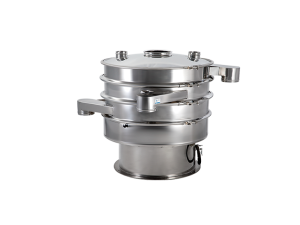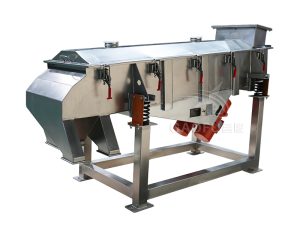
Taro balls are usually made by steaming taro and grinding it into puree, adding sweet potato flour, purple potato flour or tapioca flour. It has a smooth and elastic taste.
Common combinations include: lotus seeds, mung beans, red beans and peanuts, etc., which are relatively pearly. The pink balls are bright and beautiful in color and come in many varieties and ways.
Taro round shape: larger than the pink round, showing a cylindrical or square shape. Main raw materials: It is made from a mixture of taro, sweet potato, purple sweet potato, cassava flour and other materials.

Taro balls are usually made by steaming taro and grinding it into puree, adding sweet potato flour, purple potato flour or tapioca flour. It has a smooth and elastic taste.
Common combinations include: lotus seeds, mung beans, red beans and peanuts, etc., which are relatively pearly. The pink balls are bright and beautiful in color and come in many varieties and ways.
Taro round shape: larger than the pink round, showing a cylindrical or square shape. Main raw materials: It is made from a mixture of taro, sweet potato, purple sweet potato, cassava flour and other materials.
The screening purpose of the taro ball vibrating screen is to remove excess flour on the surface. The screening mesh is generally 5mm. The screening capacity of the taro ball sifting machine is: 500-2000 kg/hour

It adopts advanced sealing technology to prevent leakage and extend service life. The sealing gap can be automatically compensated with the use process.

When two vibrating motors installed longitudinally on the screen body run relative to each other, the horizontal excitation forces generated by them cancel each other out due to the relative operation of the motors, and the longitudinal excitation force is transmitted to the entire screen box through the vibration transmission body. The screen surface is vibrated, so that the materials on the screen surface are subject to the excitation force and jump on the screen surface in the direction of the discharged product. The materials smaller than the screen hole fall to the lower layer through the screen hole, and then jump from The discharge port flows out. Due to the reasonable screening process, after the materials are classified by the vibrating screen, several materials with different particle sizes can be obtained to complete the material classification operation.